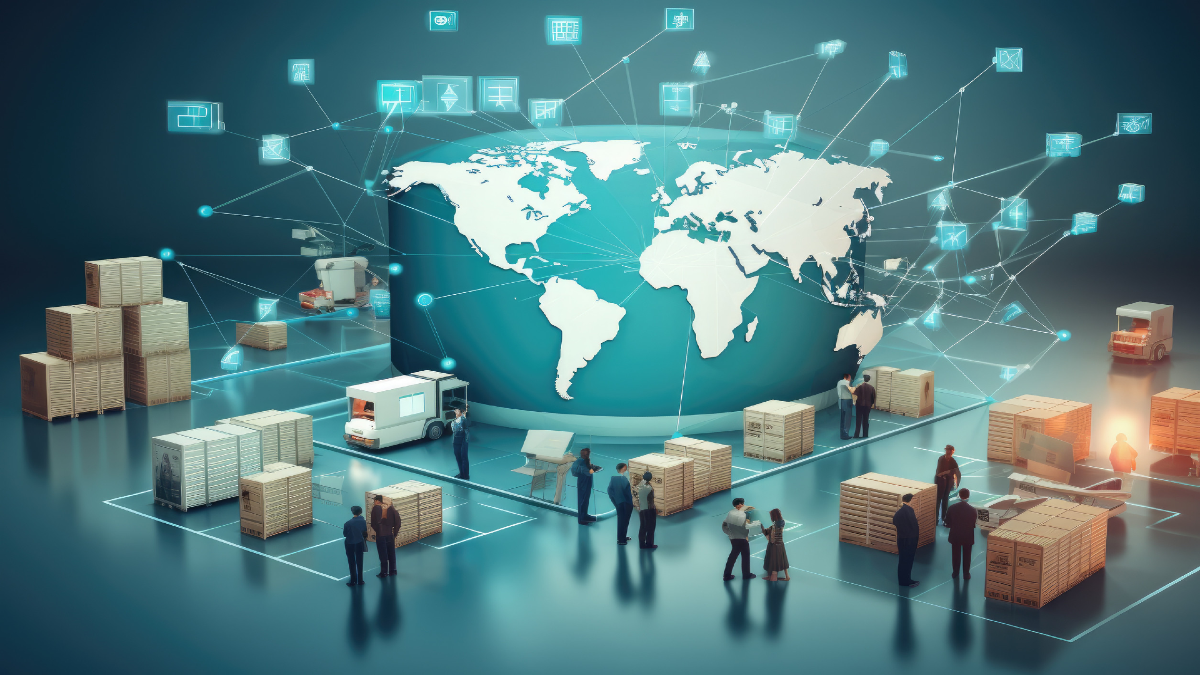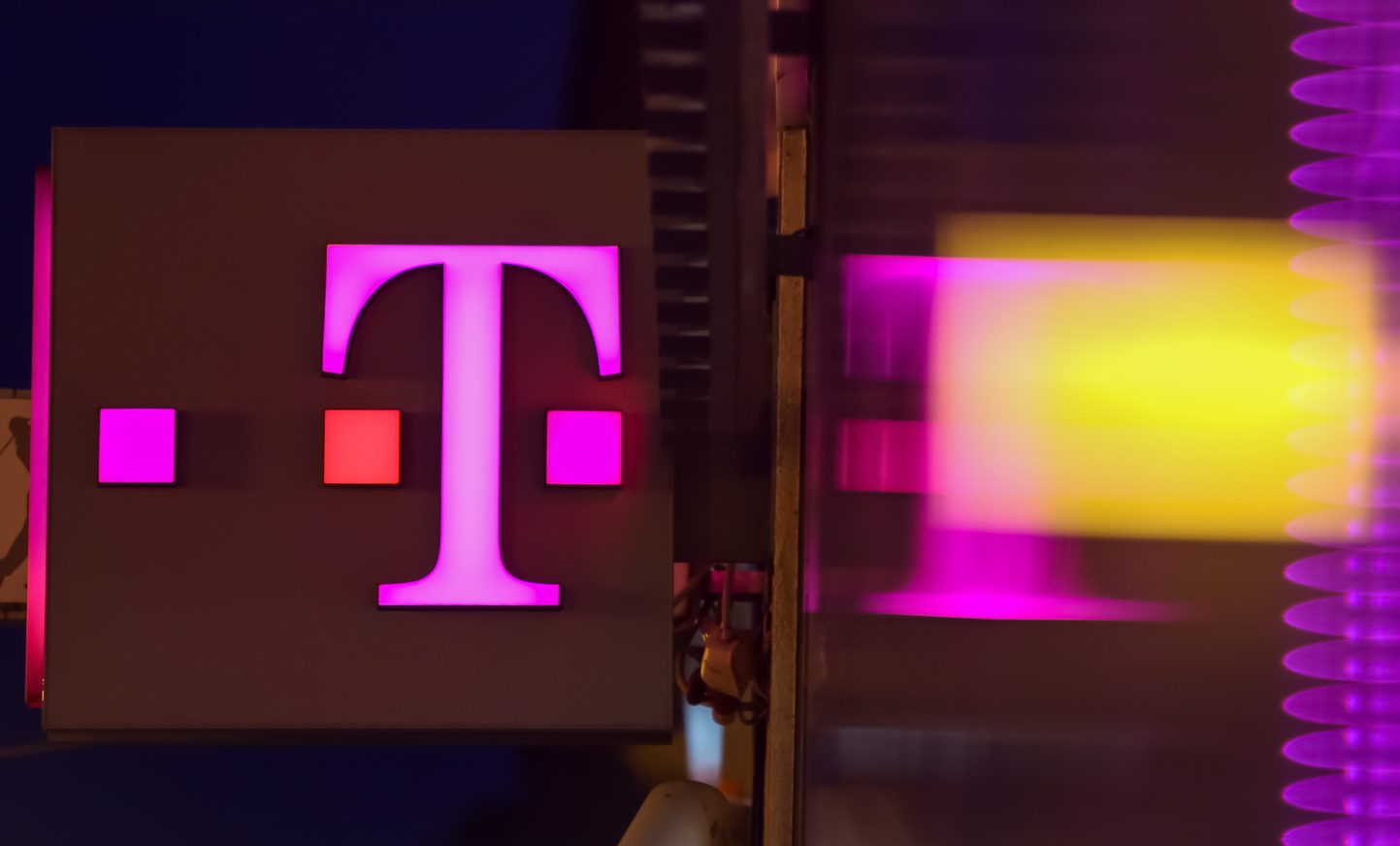RCRTech engages industry communities through research-driven content, conversations, and connections. Building on 40+ years of RCR Wireless News excellence, RCRTech delivers trusted insights informing and connecting technology buyers with innovators shaping connectivity and compute.
RCRTech engages industry communities through research-driven content, conversations, and connections. Building on 40+ years of RCR Wireless News excellence, RCRTech delivers trusted insights informing and connecting technology buyers with innovators shaping connectivity and compute.



![]()
An Omdia analyst told RCR Wireless News that AI adoption is now accelerating beyond customer-facing functions and becoming embedded in core network operations In sum – what to know: AI is moving deeper into networks – Telcos are expanding predictive and gen AI use cases from customer service to fault management, dynamic resource allocation, and real-time traffic forecasting, according to …
With hyperscalers consuming large portions of grid capacity, neoclouds in regions such as the Nordics and Germany are increasingly securing new power allocations for AI-focused builds In sum – what to know: Cost, sovereignty, and faster GPU access drive adoption – offering clear advantages for AI R&D, model developers, and regulated industries. Hyperscaler lock-in and limited ecosystems remain major barriers …
In a discussion about inferencing it became clear that ‘getting AI out to end users’ at SMBs and enterprises requires rapid distribution of high-end CPUs or low-end GPUs at massive scale, to edge locations, and at low latency. In the world of AI infrastructure, there’s a trend toward pre-validated “turnkey” IaaS solutions that span bare metal servers to fully integrated …
SK Telecom said the collaboration with OpenAI reflects its broader goal of building an “AI infrastructure superhighway” across South Korea In sum – what to know: SK Telecom is scaling national AI hubs – The OpenAI MoU and regional AIDC plan advance its “AI Infrastructure Superhighway,” linking multiple AI data center zones across Korea. Two-tier growth strategy: self-reliance + cooperation …
The software-based solution evaluates communication quality between applications in virtualized environments, providing visualization from field to cloud working with Anritsu’s Network Master Pro hardware In sum — What to know A virtual network test solution: Anritsu launched Virtual Network Master for AWS environments. Monitoring KPIs: The solution evaluates key network performance indicators like latency, jitters, throughout, and packet loss rate. …
The Silicon Valley company is set to cut approximately 2000 jobs worldwide as it looks to redirect investment towards high-growth opportunities. In sum — what to know: Estimated timeline: Synopsys expects most layoffs to take effect in fiscal 2026. Broader restructuring efforts: The plan also includes closing certain sites. Near-term goal: The company will focus on capitalizing highest-growth opportunities and …
The device, small enough to fit on the back of a smartphone, will provide field technicians visibility into all potential bottlenecks and advise on how to resolve them in a single site visit In sum — what to know: A new hardware tool for ISPs and enterprises — Ookla introduced a new handheld network diagnostic tool to help ISPs and …
An overall fair quarter with many companies reporting growth — some near-misses With earnings season in full swing, reports have been arriving at a steady clip. While we covered some in detail, here is a quick roundup of how the other players fared in the third quarter. In a market that remains lukewarm, it’s safe to say that these numbers …
AI compute isn’t one thing. It’s two. Under the umbrella of “AI workloads,” training and inference represent distinct computational worlds with different goals, hardware profiles, and economics. They often get lumped together, but the split matters — especially as it relates to the compute capacities of the data centers that are used for these two different tasks. Understanding the divide …
For decades, compute has scaled faster than memory. Processors can execute more operations every year, but the speed at which data moves in and out of memory has lagged behind. That mismatch, known as the “memory wall,” is now one of the defining constraints in artificial intelligence. AI makes the problem even worse. These days, training and serving large models …
The semiconductor industry is changing quickly, especially as it relates to AI. As AI workloads grow ever more demanding, old monolithic chips are giving way to new chiplet-based designs. But what exactly are chiplets and how will they radically improve performance for AI? Here’s a look. What are chiplets? Chiplets are small, functional blocks of silicon, each optimized for a …
Artificial intelligence has reshaped the semiconductor industry, driving an endless chase for better performance and efficiency. But as transistor scaling slows and Moore’s Law fades, the gains from smaller nodes are running into a wall. Now, packaging is where the real action is. In this new phase, performance breakthroughs aren’t being won by shrinking transistors — but instead by innovating …
Enterprise




